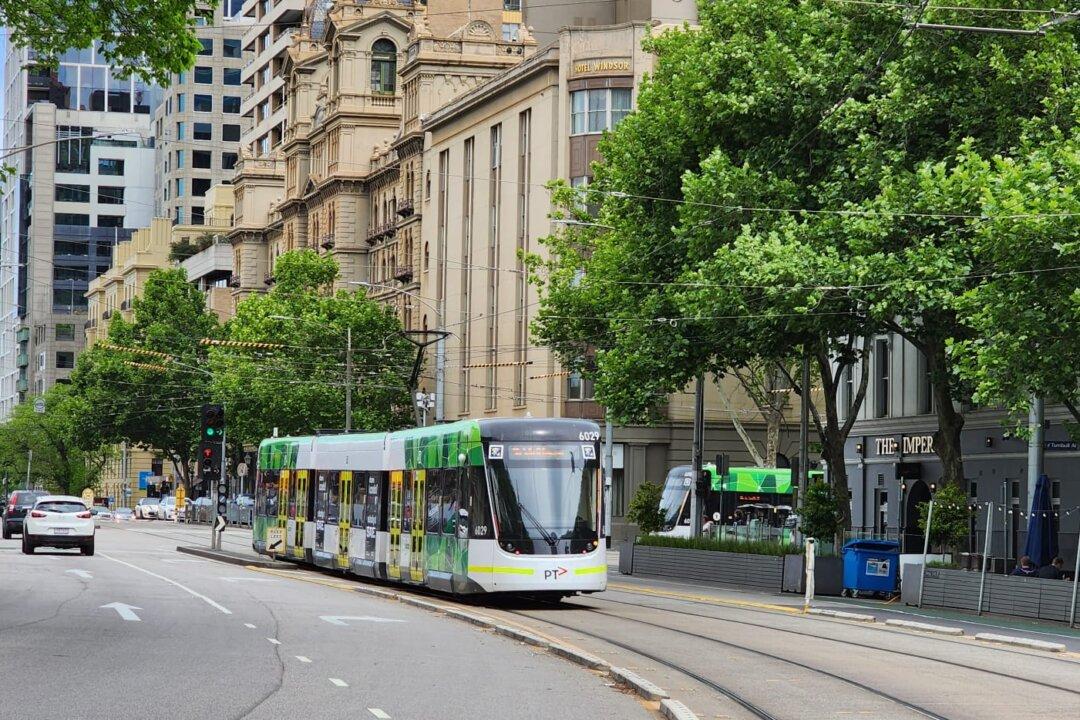Australia’s business leaders have achieved victory with a Fair Work Commission (FWC) case decision that will essentially rule out a permanent work from home option for many employees across the country.
The FWC case involved a man named Charles Gregory, who was working for Maxxia, a salary packaging company in Adelaide. He petitioned to work from home 100 percent of the time so he could care for his young child.





